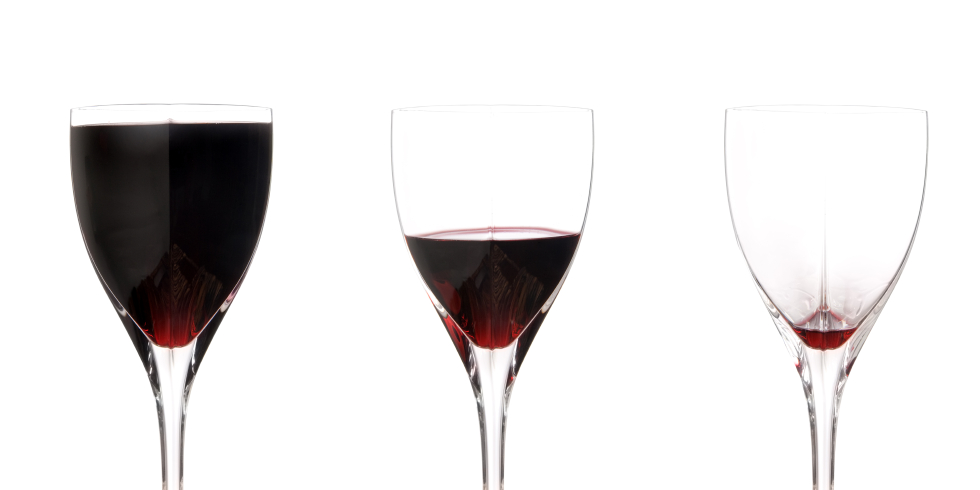“Rava said: One is required to become intoxicated on Purim until the point that he cannot differentiate between ‘Cursed be Haman’ and ‘Blessed be Mordechai.'” (Gemara Megillah 7b) Why is inebriation halachically mandated? Do other forms of celebration not suffice to express our joy at the salvation precipitated by the nes of Purim?
The story of Purim is unique in that each segment of the tale appears to be a coincidence which is unrelated to the balance of the narrative. God’s name does not appear in the text, and the miraculous nature of Purim is only detected by piecing together all of the events and realizing that the each occurrence was a purposeful piece in God’s puzzle for bringing Bnei Yisroel near to Him and saving them. The miracle of Purim occurred via Hester Panim, which means that Hashem interacted with the world in a hidden, imperceptible manner. (The custom to adorn masks and costumes (see Rama in Shulchan Aruch O.Ch. 696:8) bears recognition of this state of affairs, for we celebrate God’s salvation of Hester Panim, in which His hand is outstretched but hidden from view.)
In the same vein may we understand the halacha of drinking on Purim. The Gemara in Sanhedrin explains that one’s inner essence is externalized as a result of intoxication. Inebriation reminds us that one can appear to be a certain way on the outside, whereas that same person is totally different internally, when his true essence is perceived behind his “mask”. Thus, by merrying through the medium of drink, we, too, celebrate and recognize once more God’s nes via Hester Panim.
The Arizal stated that Yom Kippur is related to Purim [“Yom kipPurim” – “A day like Purim”]. On Yom Kippur, we return to Hashem and are represented by the Kohen Gadol, who enters the Kodesh Ha-Kodoshim – the most inner sanctum of holiness – which is removed and off-limits from day-to-day life. We shed our material shell and identify ourselves as malachim – angels – relating to God via our inner essence, our neshamah. This is the parallel of Yom Kippur and Purim, for the teshuvah of Purim and Yom Kippur necessitate our realization that our inner, spiritual, Godly selves be recognized and flourish beyond our exterior facade so as to draw near to God.
On an halachic note: The Gemara (Megillah 7b), the Rambam (Hilchos Megillah 2:15 ) and the Shulchan Aruch (O.C. 695:2) rule that drinking on Purim is a halacha of the seudas Purim. It is thus clear that those who drink large quantities at night after the Megillah is read as well as on Purim day before the seudah and following it are acting quite inappropriately, as their drunkenness is not in the context of mitzvah performance and is not condoned.

